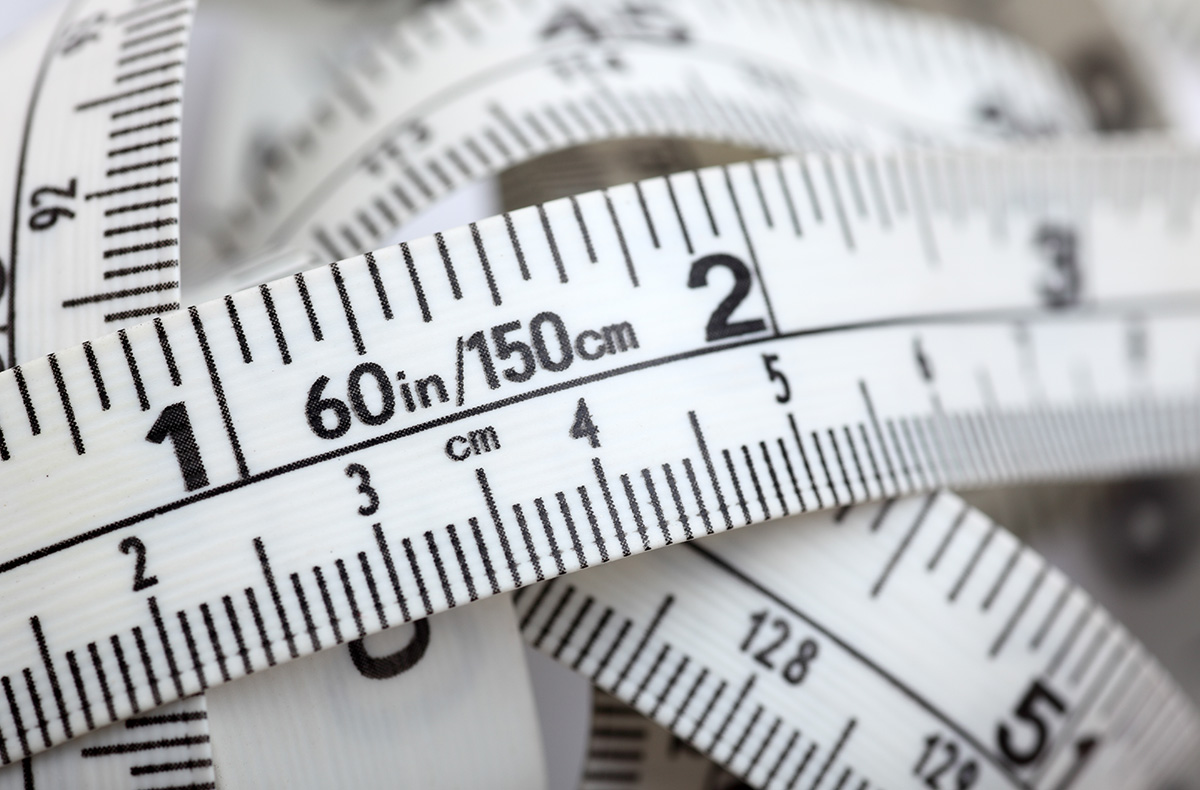One of the core tenets of language and linguistics is that sometimes, things just don’t make sense. Anyone who has ever tried to learn a new language, whether mashing buttons on their Duolingo app or bumbling about in a foreign country, has felt that insight – “But why? That makes no sense.”
Language is famous (and usually charming) for these quirks, but the more “left-brained” among us prefer things to be in order, to follow logic. This crowd will often point to the supposed universal truths of numbers and math. “Numbers don’t lie,” “Mathematics are absolute,” etc. That belief holds water until you start to look at how troublesome and peculiar some units of measurement are.
Metric versus Imperial
A lot of modern-day confusion results from the predominant usage of two completely different systems. Basically, the US uses imperial (a remnant of the British colonial days), while the rest of the world uses metric. Even England itself has now partially abandoned imperial, and in the UK, you may see road signs in miles, but still order a pint in a pub. Confusion reigns supreme, and many would argue that the imperial system is the most outdated of all and needs to be put to pasture, but the US refuses to let it go.
Another place this “culture war” can be seen is the site of an actual war, the 1982 conflict between Britain and Argentina over an island territory named either The Falkland Islands or Las Islas Malvinas, depending on whose side you support. The area’s ownership is still contested by some, and this plays out subtly through things like which system of measurement is used around the island. Does a menu advertise its steak portions in grams (Argentina style) or as an 8-ounce filet? That will give you a clue as to where they stand on the conflict.
Catastrophic Consequences
Usually these metric versus imperial differences just result in minor inconveniences for someone reading a sign or trying to convert amounts for a recipe. Other times, however, confusing one system for the other can be quite bad. And by “quite bad,” I mean things like roller coaster derailments (Tokyo Disney), a plane running out of fuel mid-flight (Air Canada in 1983), and NASA having a satellite worth hundreds of millions of dollars burn up in the Martian atmosphere because the engineers used imperial units in the navigation software.
Odd Units of Measurement
And while the world still faces confusion over our varying systems, we have actually made progress as compared to some of the varied systems different civilizations have employed over the years. Below are several of the weirder types of measurements, from the past and present, with unusual beginnings.
A Lot
Now used extensively to mean “many,” this term actually had a specific amount in the Middle Ages. “A lot” was 1/30 of a pound of gold or silver in European trade circles.
The Foot
Legend has it that this unit of measurement was equal to the size of King Henry I’s actual foot, which just so happened to equal 12 inches. That is largely regarded as fable, but the unit of measurement has remained.
Poncelet
This is a measure of power named after French engineer Jules Poncelet and is equal to the amount of force required to move 100 kilos one meter in one second. One Poncelet is equivalent to a bit more than one unit of horsepower we use today.
A Mile
In the US, we measure everything by miles (1,609.34 meters), but there is also the longer Irish mile, the shorter Roman mile, and even the old Swedish mile, which was over 6 of our miles long!
Acre
Still in use today in the agricultural realm, this was originally how much land could be plowed by one team of oxen in a day.
Donkey Power
A humble 250 watts, or about 1/3 of horsepower.
Microcentury
This is equal to 52 minutes, 35.7 seconds, or exactly one-millionth of a century. Mathematician John von Neumann also regarded one microcentury as the absolute maximum length for any lecture.
A Koku
Equal to roughly 180 liters, this was the approximate amount of rice needed to feed a person in Japan for one year.
A Cubit
A Sumerian unit of measurement that is equal to the distance between the point of one’s elbow to the tip of the outstretched middle finger.
Final Thoughts
While many the world over want the US to give up its “outdated” imperial system, our often confusing collection of yards, pounds, and miles is firmly entrenched in the US’s culture and systems of education. Just be glad we’re not trying to convert kokus or measuring our arms anymore.


